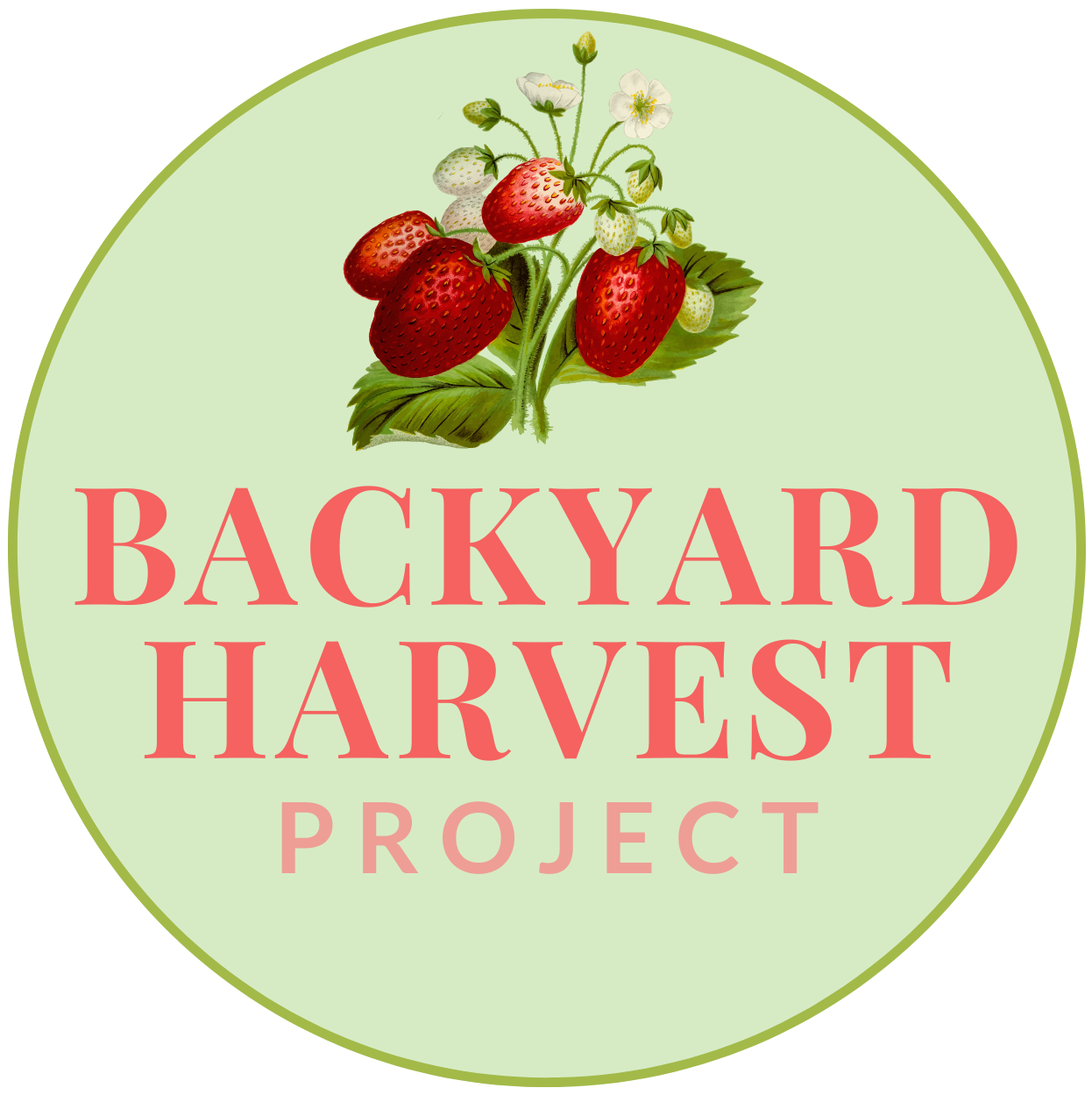Your Garden Year In Review
When the leaves start to turn yellow, and the evenings get crisp, gardeners are focused on harvesting, frost warnings, and preparing beds for winter. There is one other task you need to undertake that is critical to your next year’s garden, and it often gets missed. It’s your annual garden review.
An annual garden review? It’s a note to your future self. January you will not remember half of what September you knows, and May you will have forgotten almost everything. Observation is so key in your outdoor space, and if you take some time to record it, you’ll be miles ahead next spring.
I like to use a very specific format for my annual review, I borrowed it from a system my husband uses at work (believe it or not, it was developed to evaluate software performance). It’s an easy to remember 4 “L” process. Ask yourself:
What did I like in my garden?
What was lacking in my garden?
What did I long for in my garden?
What did I learn in my garden?
It’s that simple. It’s helpful to walk through your garden as you do this review, remembering obervations you may have made in the spring, early summer, and more recently.
I’ll share some examples from my 2020 Annual Review. It was LONG, so I’ll just share a few points in each.
Like
The sunflowers - they were so cheerful and beautiful, they provided privacy in our family hangout area, and the bees loved them.
The haskap berry harvest - picked at the right time, the bright tangy flavour was delicious with cheesecake. The netting really helped us save the berries from the birds.
Spring greens in containers on our deck. I loved being able to pick arugula and lettuce right outside our kitchen in May and June.
Lack
Consistent watering - it was a lot of work this year without any irrigation. The tomatoes suffered because of this issue.
Rhubarb - I always want more of a rhubarb harvest.
Pathways in the potato patch - this really made it hard to hill potatoes.
The spring garden is lacking colour.
Long For
A Garden in the front yard - it’s so plain out there!
Hail protection - I worried way to much about hail damage.
Trees - the wind was bad this year, and trees to protect the gardens would have been so lovely.
Learn
Adding manure to all of the beds was a bad idea. It likely caused excessive growth in my potato greens, and reduced the energy the plants could but into developing tubers, leading to a small harvest.
The greens grew so well on the deck in the spring, but by July, they needed to be moved to a cooler spot, the deck was too hot.
The beans with the most sunshine grew the best - the really need that sun!
After I complete this process, it’s time to me to identify some key projects for the next year. Often themes will emerge, and this helps me identify projects that are the answer to several challenges. I would love a greenhouse, a front yard garden, a pergola dining space, and a privacy wall on the deck for greens - but there are two projects that will have a big impact:
Install a second food forest. this will allow me to plant some trees (as a wind break), another rhubarb plant, some more haskap bushes (harvests I craved more of). I can also design a space for my favourite sunflowers. A properly designed food forest will require less watering, which I struggled with last year.
Create additional raised beds, and break down the giant 24 foot long annual bed. This will take care of a bunch of issues. I can add proper pathways between beds, install irrigation to deal with the inconsistent watering, amend beds with specific crops in mind (so no more giant potato greens), design beds with consistent hail protection in mind, identify the sunniest spots for next years beans and create a shady cool bed for summer lettuce.
Bonus Project: Purchase & plant bulbs for spring flowers. This really only addresses one issue, but I’ve decided this is my frivolous project for next year. I can’t wait to see the tulips and crocuses popping up in the spring.
Now I encourage you to go for a stroll through your garden with a notebook, and make a good solid list of your four L’s. You might event want to get started on structures for next years projects!
Get in touch to learn more about how we can help you prepare your garden for next year!



